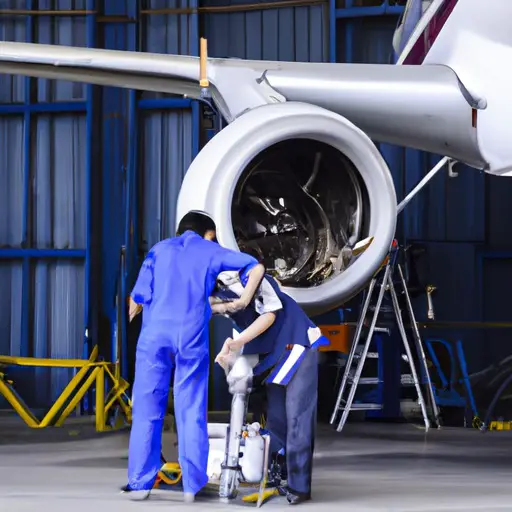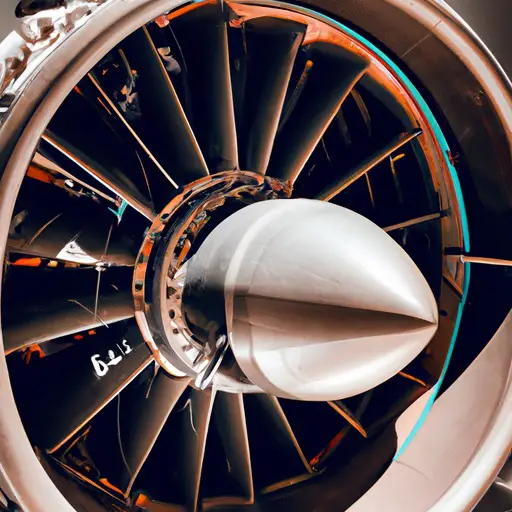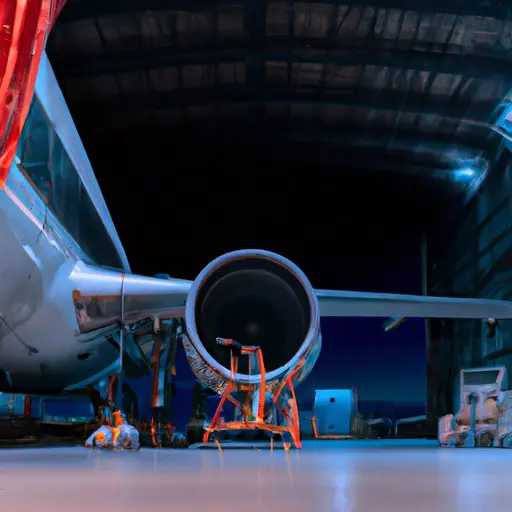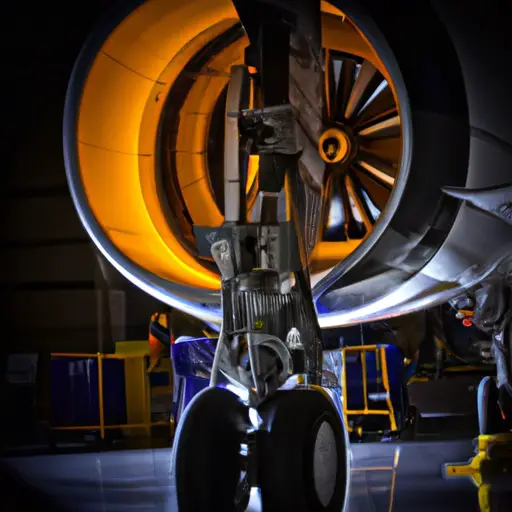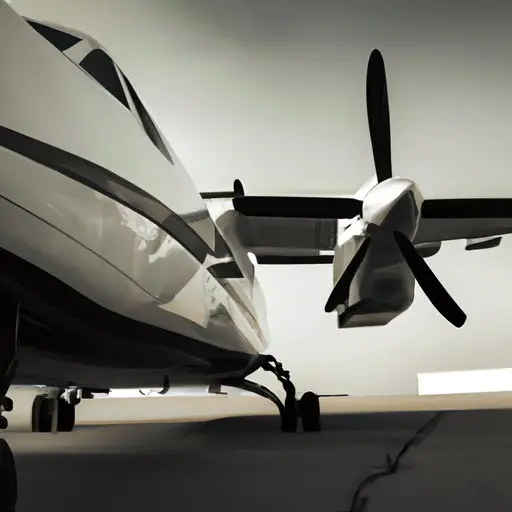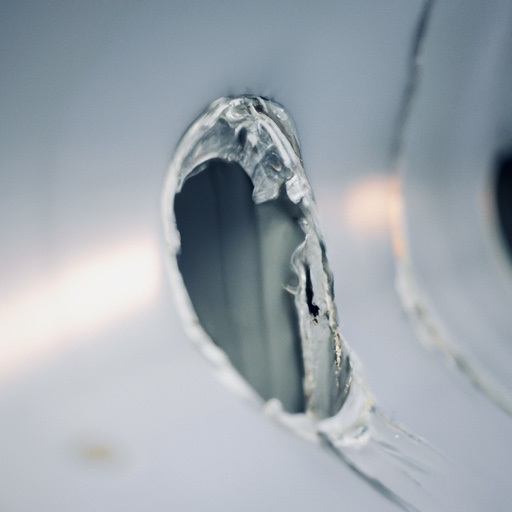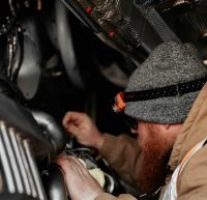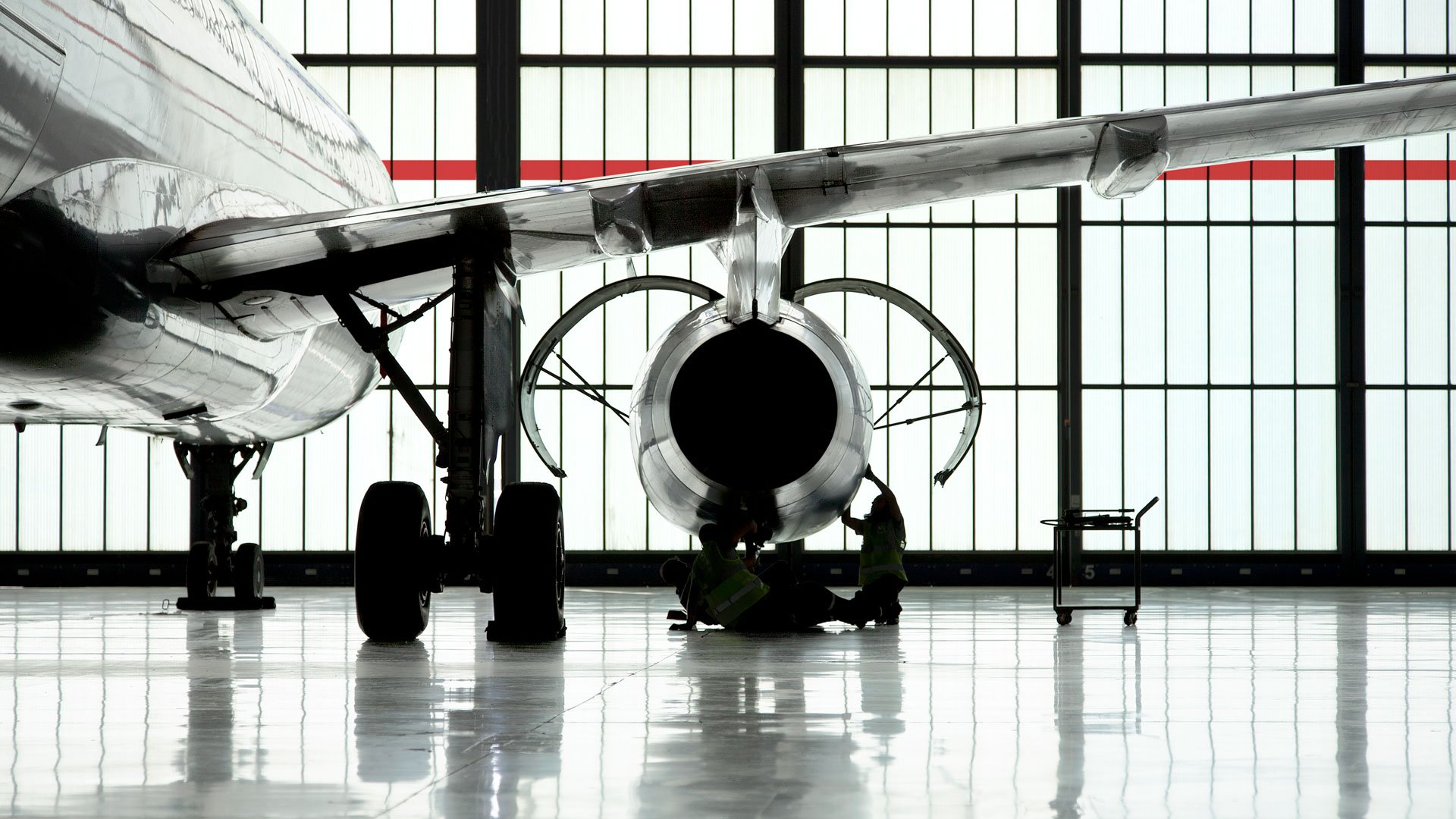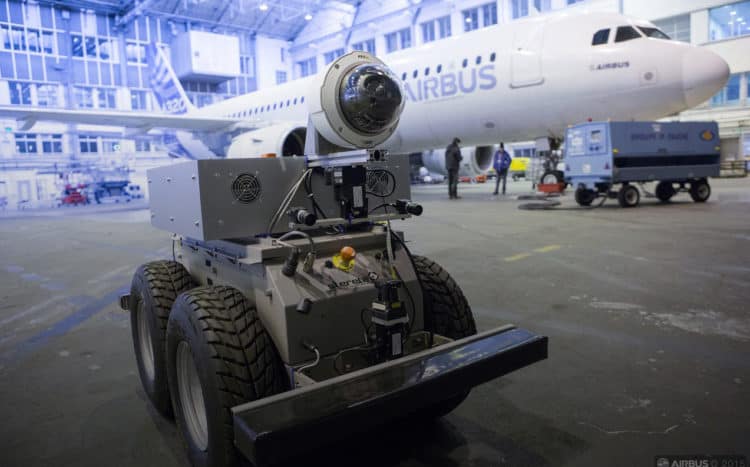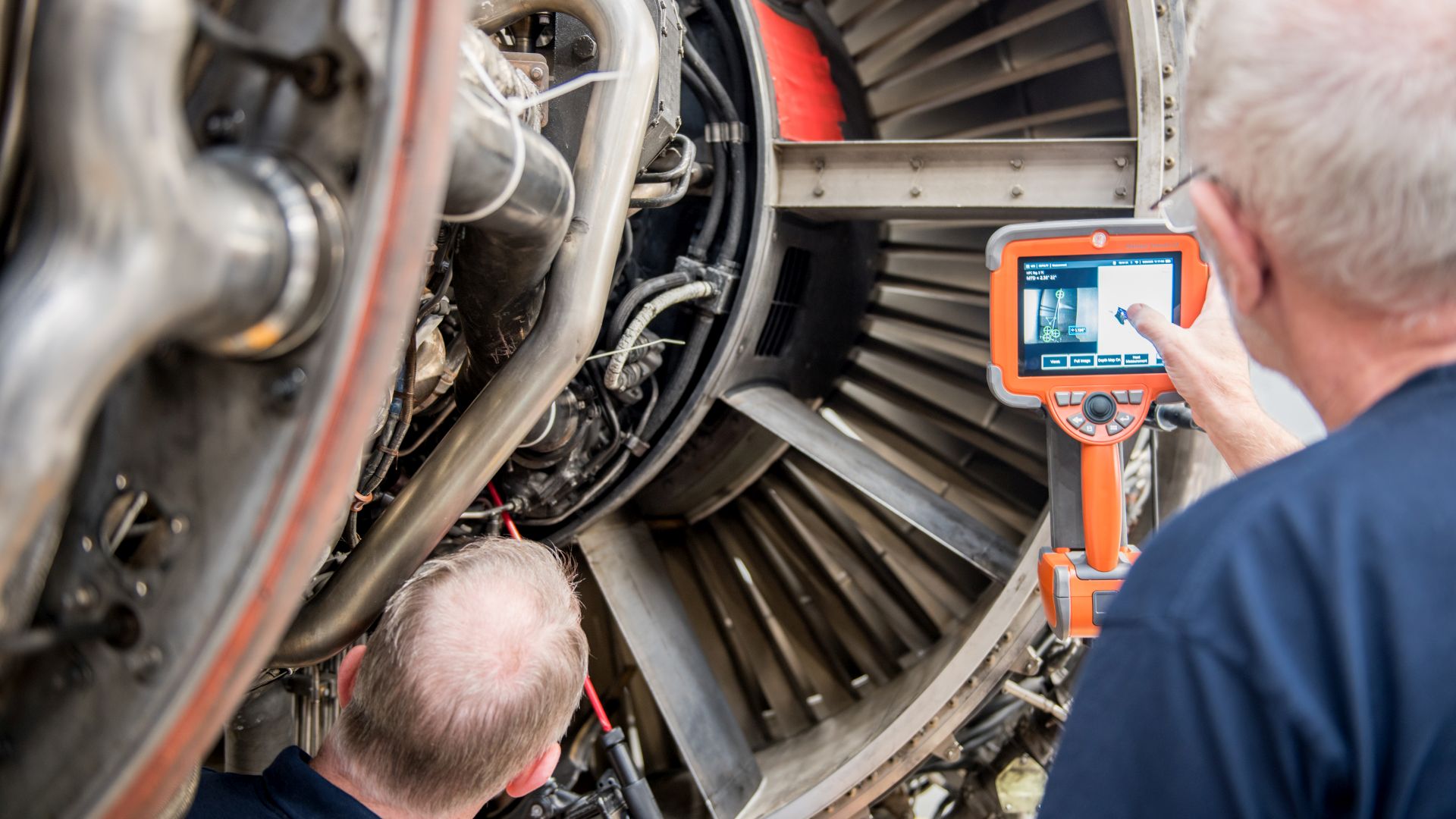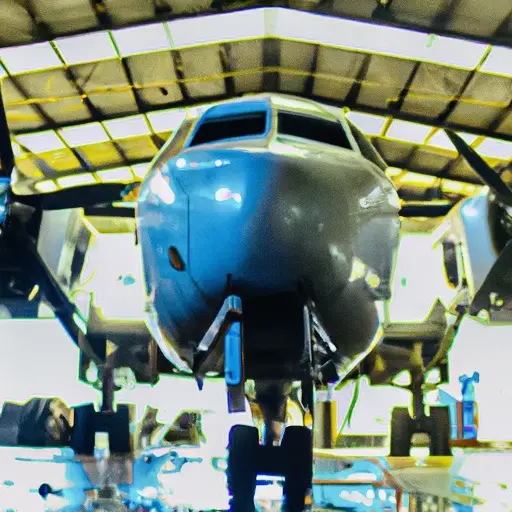
Aircraft MRO
Aircraft Maintenance, Repair, and Overhaul (MRO) is the process of maintaining, repairing, and overhauling aircraft to ensure they meet safety regulations and function properly. This includes inspections, replacing parts, and adhering to scheduled maintenance plans.
Aircraft MRO is important for the safety of both passengers and crew as well as the operation of the aircraft. Without proper MRO, aircraft could experience malfunctions or technical issues that could lead to accidents.
Proper Aircraft MRO not only ensures safety but also helps extend the life of an aircraft and can improve overall efficiency.
There are various organizations and companies that specialize in Aircraft MRO, including OEMs (Original Equipment Manufacturers) and independent MRO providers.
It is important to choose a reputable and experienced MRO provider to ensure the best quality service for your aircraft.
What is included in Aircraft MRO?
Aircraft MRO involves the following:
- Component MRO
- Structural MRO
- Airframe MRO
- Line Maintenance
- Hangar MRO
Airworthiness
In the aviation industry, airworthiness refers to an aircraft meeting all safety and performance regulations set by governing bodies. This includes regular inspections and maintenance to ensure the aircraft is safe for flight.
Failure to meet these standards can result in denial of operation or accidents and fatalities.
It is important for all parties involved in the operation of an aircraft, including the manufacturer, operator, and pilot, to adhere to airworthiness regulations.
Overall, airworthiness plays a crucial role in maintaining safe flight operations and should not be taken lightly in the aviation industry.
Airworthiness Directive
Airworthiness Directives (ADs) are legal orders issued by the Federal Aviation Administration to correct an unsafe condition in a product (such as an aircraft, aircraft engine, or propeller) before it results in catastrophic failure or accident.
The AD may require the owner/operator of the affected product to inspect, modify, or replace a specific part within a certain timeframe. Failure to comply with an AD can result in civil penalties and potential loss of flying privileges.
It is important for pilots and aircraft owners/operators to stay current on any applicable FAA ADs. It is also crucial to properly document compliance with an AD in the aircraft’s maintenance records.
Overall, ADs play an important role in promoting aviation safety by addressing potential hazards before they result in a hazardous event.
Aircraft Maintenance Checks
Aircraft Maintenance Checks are scheduled inspections and maintenance performed on an aircraft to ensure it is safe to fly. These checks can range from small, daily tasks to larger, more comprehensive checks done at specific intervals.
The frequency and scope of these checks are determined by regulatory bodies such as the Federal Aviation Administration (FAA) and vary based on the type of aircraft and its usage.
It is important for pilots and maintenance crews to strictly adhere to these check schedules in order to ensure the safety of all passengers and crew onboard. Any overlooked maintenance issues could potentially lead to disastrous consequences.
Overall, Aircraft Maintenance Checks play a crucial role in maintaining the integrity and reliability of aircraft operations.
Aircraft maintenance checks are an essential part of keeping aircraft safe and operational. These checks ensure that an aircraft is in good working condition ...
Aircraft Engine Overhaul
Aircraft Engine Overhaul is the process of disassembling, inspecting, repairing, and reassembling an aircraft engine to restore it to its original operating specifications. The purpose of an overhaul is to ensure the engine continues to operate safely and efficiently. This process typically occurs after a certain number of flight hours or cycles have been reached, as specified by the engine manufacturer.
The overhaul may include replacing worn or damaged parts, checking and adjusting engine systems, and performing any necessary maintenance to ensure the engine meets the necessary standards for airworthiness.
Aircraft engine overhaul is a critical component of aircraft maintenance that is performed to restore the engine to its original condition, with improved ...
Aircraft Maintenance Personnel
Aircraft Maintenance Personnel is highly trained individuals responsible for the safety and upkeep of aircraft. This includes performing routine maintenance, inspections, repairs, and modifications.
They must adhere to strict regulations set by governing bodies such as the Federal Aviation Administration (FAA) in order to ensure the safe operation of aircraft.
As technology advances and aircraft become more sophisticated, the job of an Aircraft Maintenance Technician requires continuous education and training. These individuals must also possess strong attention to detail and problem-solving skills in order to properly diagnose and address any issues with aircraft.
Overall, Aircraft Maintenance Personnel plays a vital role in the aviation industry as they ensure that aircraft are safe for passengers and crew members to fly. Without their expertise and dedication, the industry would not be able to operate efficiently and effectively.
Some job titles for Aircraft Maintenance Personnel
- Aircraft Maintenance Technician,
- Aircraft Mechanic,
- Aircraft Inspector, and
- Avionics Technician.
What is the salary range for Aircraft Maintenance Personnel in the united states?
According to the Bureau of Labor Statistics, the median annual wage for Aircraft Maintenance Personnel in the United States is $65,380. However, this can vary based on experience and level of certification.
The top 10% in this field earn a yearly salary of $102,700 or more. Overall, becoming an Aircraft Maintenance Technician can offer individuals a lucrative career with the potential for advancement and growth.
Overall, those interested in pursuing a career as an Aircraft Maintenance Technician should expect to undergo significant training and education in order to meet the necessary qualifications and regulations set by governing bodies such as the FAA.
With dedication and hard work, individuals can enjoy job stability and a high salary in this field.
It is important to note that some Aircraft Maintenance Personnel may also receive additional compensation in the form of benefits and overtime pay.
Aircraft Maintenance Service Providers
Aircraft MRO Trends
Over the years, the aircraft maintenance industry has undergone significant changes and advancements driven by the need to improve efficiency, reduce costs, and enhance safety. With the increasing complexity of aircraft systems and the growing demand for air travel, the need for efficient and effective maintenance solutions is more important than ever.
In this context, it is important to understand the latest trends in aircraft maintenance, including the use of technology, the adoption of new maintenance models, and the changing regulatory environment. These trends are shaping the future of the aircraft maintenance industry and will have a significant impact on the way maintenance is performed in the years to come. Read about the major aircraft maintenance trends below:
Aircraft Maintenance, Repair, and Overhaul (MRO) refer to the upkeep and repair of aircraft to ensure their safe and efficient operation. MRO is a crucial ...
Use of Artificial Intelligence (AI) in Aircraft MRO
AI is being used in various ways within the MRO industry, including for predictive maintenance and supply chain optimization.
Predictive maintenance utilizes AI-powered systems to analyze data and predict when maintenance or repairs may be needed, allowing for more efficient scheduling and cost savings.
AI is also being utilized in supply chain management, helping to optimize inventory levels and identify parts that may be difficult to source.
Cloud-based aviation MRO systems
Cloud-based MRO systems allow for the management and maintenance of aircraft through cloud technology. This includes scheduling, planning, parts inventory management, and record keeping.
The benefits of cloud-based MRO services include improved communication, cost savings, and enhanced efficiency. They also provide real-time access to critical information, allowing for more informed decision-making.
As the aviation industry continues to embrace digital transformation, cloud-based MRO systems are becoming increasingly popular and necessary.
Aircraft inspection drone
Drones, or unmanned aerial vehicles, have allowed for more efficient and cost-effective aircraft inspections. Typically, these inspections would require the use of specialized equipment and scaffolding and involve time-consuming inspection processes.
However, with the use of drones equipped with high-resolution cameras and sensors, these inspections can be completed quickly and safely without disruption to normal operations.
Additionally, drones provide the ability to access hard-to-reach areas of the aircraft, allowing for more comprehensive inspections.
Overall, the use of drones in aircraft inspection is revolutionizing the industry by providing a faster, more efficient, and cost-effective solution.
Aircraft on Ground (AOG)
Aircraft on Ground (AOG) refers to a situation where an aircraft is unable to operate due to mechanical failure, weather conditions, or lack of spare parts. and is therefore grounded at the airport.
This can result in significant operational disruptions and schedule changes for airlines. AOG situations require a prompt and efficient response from maintenance crews and spare parts suppliers to minimize the length of the aircraft’s downtime.
Airlines may declare AOG status for a variety of reasons, such as engine failure, issues with the electrical or hydraulic systems, or problems with the airframe. In these cases, the airline may prioritize obtaining replacement parts and technical support to restore the aircraft to service as quickly as possible.
Aircraft on Ground (AOG) is a term used in aviation maintenance to indicate that an aircraft has been grounded due to a serious problem. AOG can be caused by ...
Foreign Object Debris (FOD)
Foreign Object Debris (FOD) in aviation refers to any loose object on an airport ramp or runway that can pose a risk to aircraft operations. FOD can include a variety of items such as tools, loose gravel, or even birds. FOD can cause damage to aircraft engines or other critical components, which can result in costly repairs or even compromise the safety of the flight.
FOD damage can occur when an object is ingested into an aircraft engine, causing damage to fan blades or other critical parts. The impact of the debris can cause a failure in the engine, potentially leading to a loss of power or an engine shutdown. In addition to engine damage, FOD can also cause damage to the airframe, control surfaces, and landing gear.
To minimize the risk of FOD damage, airports implement a variety of measures, including regular inspections of runways and ramp areas, the use of fencing and other physical barriers to keep debris off the runways, and training for ramp workers on proper handling of equipment and debris. Airlines also take measures to minimize FOD damage by conducting pre-flight inspections and reporting any potential FOD hazards to the appropriate authorities.
Overall, FOD is a significant concern in aviation, and airports and airlines must prioritize efforts to prevent FOD damage to ensure the safety and reliability of aircraft operations.
As per FAA, FOD refers to any object, whether it is alive or not, that is found in an inappropriate location within an airport and has the potential to cause ...
More on Aircraft MRO
The maintenance includes scheduling the repair of known problems; replacing items after a certain air time, the number of cycles or calendar time; repairing ...
Aircraft Maintenance, Repair, and Overhaul (MRO) refer to the upkeep and repair of aircraft to ensure their safe and efficient operation. MRO is a crucial ...
The age of the aircraft, the number of hours it’s flown, the number of take-offs and landings, requirements by aviation regulators and our own policies ...
Learn more about the four biggest trends that will have the most significant impact on the MRO business and aviation industry in the years to come. Source: ...
The term “overhaul” has many different levels of meaning when it comes to aircraft engines. When it’s time to overhaul your engine, it is critically important ...
FAA will have the option to create execution gauges in the FOD Detection Systems. It is normal that the usage of these sorts of advancements will enormously ...
FOD is an important safety and quality control concept in any aviation, aerospace, manufacturing, warehouse, shipping, military or similar environment where ...
Maintenance, Repair, and Overhaul (MRO) providers are facing the possibility of a steep drop in global demand for MRO services this year because of the ...
An organization can develop an FOD Prevention Program to eliminate debris as much as possible, reduce its consequences, and prevent debris from contaminating ...
The aviation maintenance, repair, and overhaul (MRO) industry is a vital and dynamic sector that provides essential services to airlines, aircraft ...
If you own or operate an aircraft, you may have heard of the term TBO, which stands for Time Between Overhauls. TBO is the recommended interval between major ...
Maintenance is a major contributor to aircraft operating costs, flight delays and cancellations. Despite longer-lasting aircraft and more durable engines, ...
An aircraft have to go through periodic maintenance checks and inspection in order revalidate it airworthiness. Airlines and airworthiness authorities casually ...
Inspections involve examinations or manual checks to determine the condition of an aircraft or one of its components. An inspection may include a routine ...
Estimated at $49 billion, the global aircraft maintenance, repair and overhaul (MRO) market is highly fragmented with over a hundred participants. Inclusive of ...
Aircraft require tons of maintenance. If airlines worldwide weren’t checking their fleets constantly, there would be an increased chance of failure. But how do ...
Nondestructive Testing (NDT) is the methodology of inspection, testing, and evaluation of materials/structures in order to identify any discontinuities or ...
Aircraft Maintenance, Repair, and Overhaul (MRO) is the process of maintaining, repairing, and overhauling aircraft to ensure they meet safety regulations and ...
It could be more than five years before engine shop visits return to pre-pandemic levels, but recovery could be quicker for higher-efficiency and cargo ...
How MRO providers and their customers need to prepare for the post-pandemic recovery. If operators want to schedule narrowbody maintenance, book early. Cargo ...


